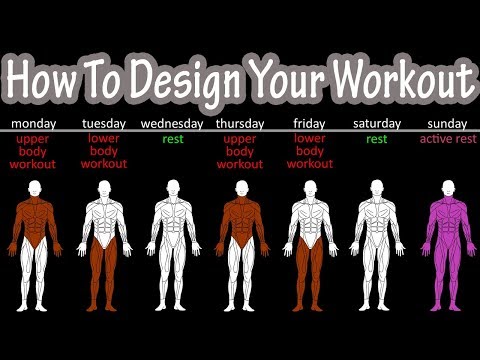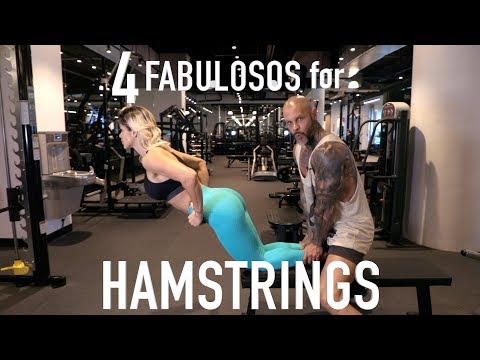
In this video we discuss how to create design your own workout plan, program or schedule. We go through different options from full body workouts, workout splits, cardio options and how often to workout.
Transcript/notes
How to create your own workout routine
Designing your own workout plan or routine can be a lot easier than you think, and in this video I am going to give you a sort of template to start from and you can alter it to what works for your lifestyle. The 2 major factors are your time or availability and the actual workout routine.
The 1st thing you have to do is set a schedule based on what you can adhere to and what fits into your time availability. Let’s look at your routine from 2 perspectives, the starting out phase, and the growth or maintenance phase.
If you are just starting out I would recommend workout one day and then have 2 days off. The reason for this is when you are beginning your body will be very sore, probably for at least 2 days.
So, for example for the first 2 or 3 weeks, workout on Monday, Tuesday and Wednesday are off days, then workout on Thursday, Friday and Saturday are off days and make Sunday an active rest day where you are active, not working out, doing active things like chores, cutting the grass, cleaning the house, working in the yard, maybe take a walk and listen to some music. Then repeat this schedule for the next 1 to 2 weeks.
For the growth or maintenance phase there are many options, but to make it simple I will show you 2 different options.
Option 1 is 3 days of full body work outs, 3 days of active rest, and 1 day totally off. So, for example Monday, Wednesday and Friday are workout days, Tuesday, Thursday and Saturday are active rest days and Sunday is total off day.
Option 2 is to do workout splits for 4 days and have 3 days off or active rest. So, for example Monday you would do upper body training, Tuesday lower body training, Wednesday totally off, Thursday upper body training, Friday lower body training, Saturday totally off and Sunday is an active rest day.
Once you have your schedule in order you need to design an actual exercise routine. Any comprehensive program should consist of working your body in all the planes of motion, sagittal, frontal and transverse planes, and should include strength training exercises, cardio exercises, neuromotor conditioning such as balance and coordination, and flexibility exercises, along with a warm up and cool down section.
You should also make sure you consistently work all major areas of your body, arms and shoulders, legs and glutes, chest, back and core.
A warm up should consist of movements designed to slowly increase your heart beat and blood pressure before your actual workout routine.
A quick example of full body routine would be side raises for shoulders, single leg biceps curls and triceps extensions for your arms, rotational side twists for your core, a bench chest press for your chest, bent over rows for your back, side to side lunge squats for your legs, and also deadlifts for your legs.
For workout splits you could do the 6 upper body exercises I just mentioned, side raises, standing bicep curls, triceps extensions, rotational twists, and chest press for your upper body on day 1 and on day 2, leg day, do the previously mentioned exercises, side lunge squats and deadlifts, but add in heal raises, short box jumps or front to back hops, and single leg bend over cone touches.
You can also get some cardio in by going from exercise to exercise with little to no rest in between the exercises, in a circuit training fashion, or you can do cardio after your strength training session. You can use machines like the treadmill or elliptical for cardio, but these only work your body in one direction. Sports is a great way to do cardio, such as dribbling and shooting a basketball, or racket sports where you are moving side to side and front to back, and sports can really help you improve neuromotor conditioning.
Then once you have finished, it’s cool down time, slowly decreasing your heart rate and blood pressure and some stretching. From start to finish, it really shouldn’t take more than an hour to get a great workout in.
Creating a workout plan is not actually that difficult as it comes down to 3 things, a schedule that works for you, hitting all major areas of your body consistently, and exercise selection for those body parts.






